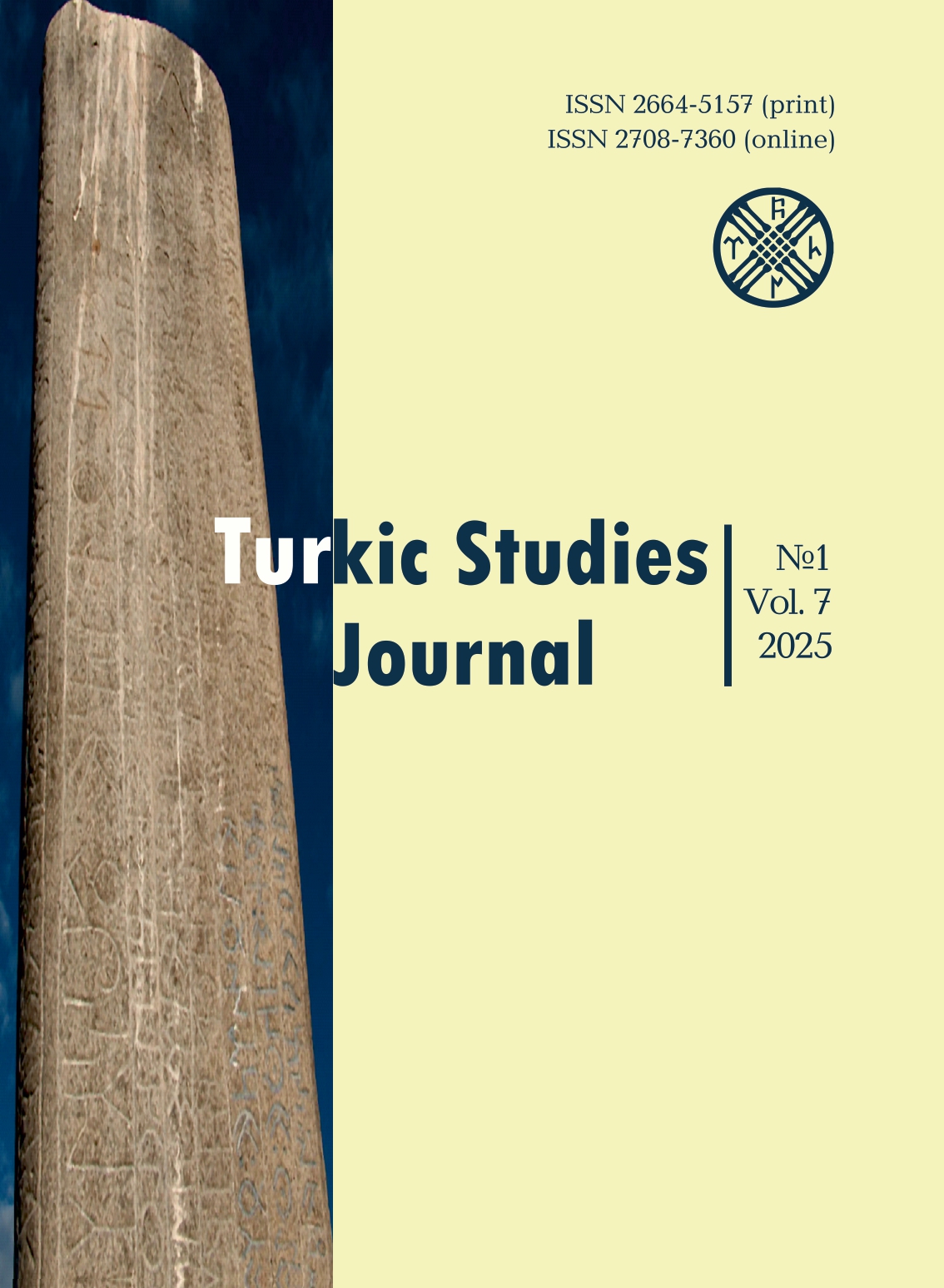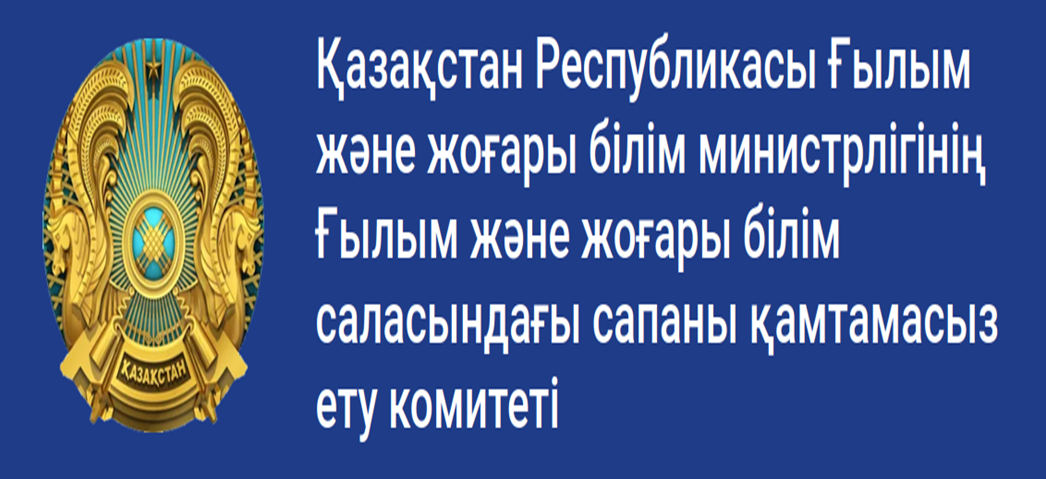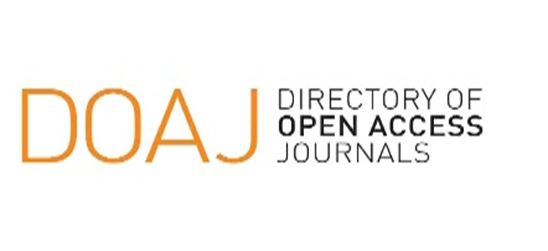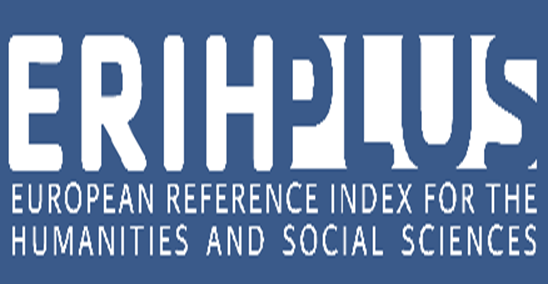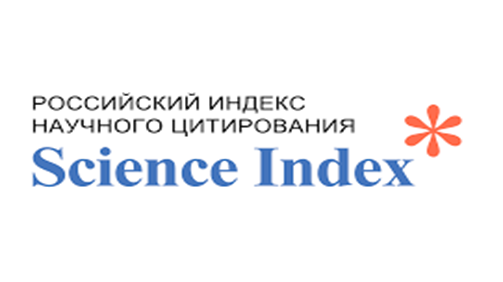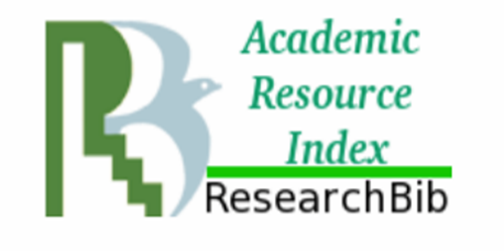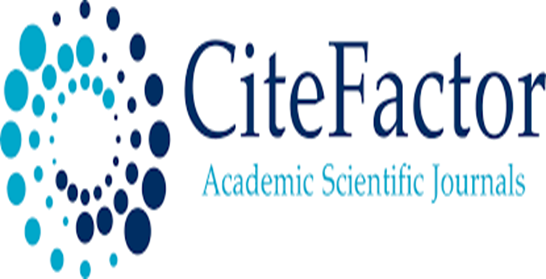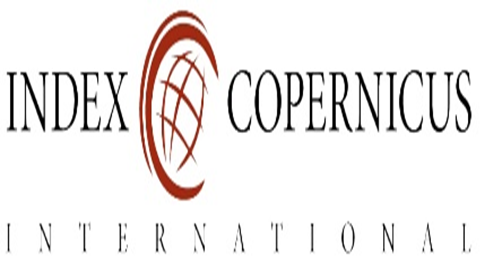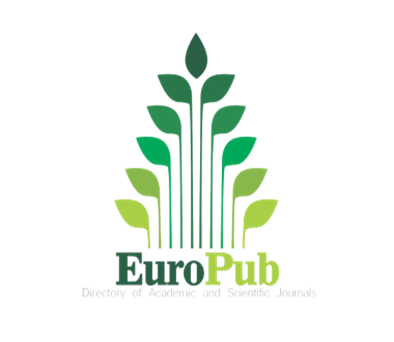Ақтас: зерттеулер мен материалдар
Қаралымдар: 230 / PDF жүктеулері: 124
DOI:
https://doi.org/10.32523/2664-5157-2025-1-210-220Кілт сөздер:
Археология, Казақстан, үйсіндер, ғұндар, Жетісу, Ақтас, Кеген егіншілік, мал шаруашылығы, көшпенділік мәселелеріАннотация
Монографияда Шығыс Жетісуда 1960 жылдары
К.А. Ақышев зерттеген екі археологиялық нысанның қазба жұмыстарының материалдары жинақталған. Бұлар – ежелгі үйсіндердің Ақтас-2 қонысы және ғұндардың Ақтас I қорымы. Ескерткіштер Кеген өзенінің аңғарында, Кетпен тауының Қурайлы шатқалында орналасқан, біздің дәуіріміздің бірінші мыңжылдығының бірінші жартысына жатады.
Ескерткіштердің материалдары толық көлемде жарияланбаған және ғалымның ғылыми мұрағатында ХХ ғасырдың орта кезіндегі талаптар бойынша рәсімделген далалық фото сызба құжаттамасы түрінде қалған. Сондықтан монографияны шығару алдында ғылыми мұрағатты заманауи үлгіге келтіру үшін үлкен техникалық жұмыстар атқарылды.
Монография үйсін және ғұн археологиясының теориялық мәселелерін талдауды қамтитын кіріспеден, үш тараудан, қорытындыдан тұрады. Кіріспеде Шығыс Жетісудың зерттелу тарихы қысқаша беріліп, бұл аймақтың ежелгі және ортағасырлық дәуірлерде белсенді қоныстанғанын айғақтайтын археологиялық ескерткіштердің барлық түрлері
ұсынылғаны атап өтілді.
Бірінші тарауда ежелгі дәуірлердегі шаруашылық құрылымын негіздеу үшін қажетті Кетмен геожүйесінің табиғи жағдайларының сипаттамасы келтірілген. Монографияның құндылығы тек ескерткіштердің қазба материалдарын нақты баяндаудан ғана емес, сонымен қатар оларға осы уақытқа дейін жинақталған білім тұрғысынан түсінік беруден көрінеді. Түсіндірудің бұл бөлігі К.А. Ақышевтің көшпенділердің теориялық мәселелерін
әзірлеу жөніндегі еңбектерін талдауға негізделген.
Екінші тарау ежелгі үйсіндердің қоныстануын және олардың егіншілікпен айналысуын археологиялық негіздеуге бағытталған. Оған суармалы арықтар жалғанған бақша және суармалы егіс алқаптары дәлел бола алады. 1960 жылдардағы археологиялық дереккөз Қазақстандағы және көршілес аумақтардағы көшпенділердің қоныстары мен қыстауларының заманауи қазбаларының деректерін қосу арқылы айтарлықтай кеңейді.
Үшінші тарау кейінгі үйсіндер мен ғұндардың қарапайым тұрғындарының ескерткіші ретінде жіктелетін Ақтас I қорымының материалдарына арналған. Оның мәні ғұн мәдениетін сипаттауда жатыр. Ақтас I қорымының зерттеу нәтижесі ғұндардың жерлеу ғұрпының этникалық құраушы белгілерінің кешенін анықтау болды.
Қорытындыда Ақтасты шатқалындағы ескерткіштер кешенінің ашылуы мен зерттелуі нәтижесінде белгілі болған негізгі теориялық мәселелер баяндалады. Ақтас-2 көп қабатты қонысын зерттеу тарих ғылымындағы бірқатар теориялық көзқарастарды
қайта қарауға негіз болды. Ең алдымен үздіксіз көшіп-қону тұжырымдамасы және «көшпенділер егіншілікпен айналысқан жоқ» деген пікір өзгерді.
Негізгі нәтиже – археологиялық және тарихи дереккөздерді зерттеу мен түсіндірудің жетекші әдіснамалық негізіне айналған шаруашылық қызметтің екі нысанының – егіншілік пен мал шаруашылығының қатар болуы тұжырымдамасы. Монографияда халықтардың ұлы қоныс аудару кезіндегі этникалық топтар тарихындағы даулы
мәселелерге жарық түсіретін хунну археологиясына қатысты жарқын материалдар қамтылған.
Downloads
Әдебиет
Аканов К.Г., Лапин Н.С., 2024. История тюрко-монгольских государств XIII-XIV вв. в
новой книге американского ученого// Turkic Studies Journal. 2024. Т.6. №2. С. 206-213.
DOI: http:// doi.org/10.32523/2664-5157-2024-2-206-213
Акишев К.А., 1972. К проблеме происхождения номадизма в аридной зоне Казахстана
// Поиски и раскопки в Казахстане. Алма-Ата: Наука КазССР. С. 31-46.
Засецкая И.П., 1994. Культура кочевников южнорусских степей в гуннскую эпоху
(конец IV-V вв.). СПб: «Эллипс ЛТД». 224 с.
REFERENCE
K.G. Akanov, N.S. Lapin., 2024. Istoriya tyurko-mongol'skih gosudarstv XIII-XIV vv. v novoj knige amerikanskogo uchenogo [The history of the Turkic-Mongol States of the XIII-XIV centuries in a new book written by an American scientist]. Turkic Studies Journal. 2024. Vol. 6. No 2. P. 206-213. DOI: http:// doi.org/10.32523/2664-5157-2024-2-206-213 [in Russian].
Akishev K.A., 1972. K probleme proishozhdeniya nomadizma v aridnoy zone Kazakhstana. Poiski I raskopki v Kazakhstane [On the problem of the origin of nomadism in the arid zone of Kazakhstan // Searches and excavations in Kazakhstan]. Alma-Ata: Nauka KazSSR. P. 31-46. [in Russian].
Zasetskaya I.P. 1994. Kul'tura kochevnikov yuzhnorusskih stepej v gunnskuyu epohu (konec IV-V vv.) [The culture of nomads of the southern Russian steppes in the Hunnic era (late 4th-5th centuries)]. St. Petersburg: Ellips LTD. 224 p. [in Russian].
Жүктеулер
Жарияланды
Дәйексөзді қалай келтіруге болады
Журналдың саны
Бөлім
Лицензия
Авторлық құқық (c) 2025 Turkic Studies Journal

Бұл жұмыс Creative Commons Attribution-Коммерциялық емес 4.0 халықаралық лицензиясы.

